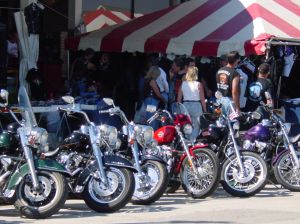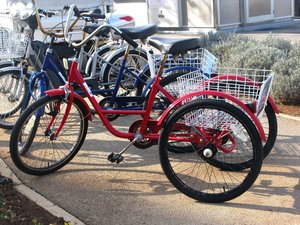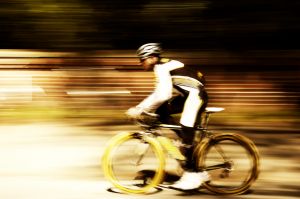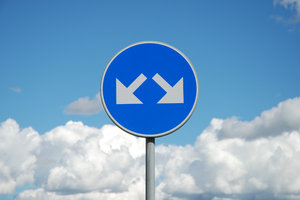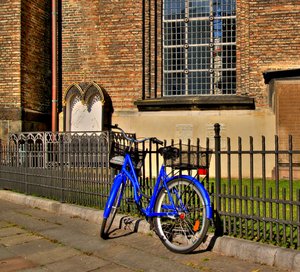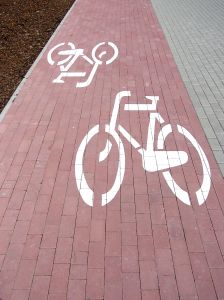Bicyclists throughout the state are encouraged to hop on their bike during this year’s Bay State Bike Week. It’s all for a good cause and to help to save lives.
This annual week-long event is being held this year from May 14th through the 20th and is used to raise awareness about bicyclists in the state. Every year, there are far too many bicyclists who are killed in traffic-related bicycle accidents in Boston and elsewhere. These accidents can be prevented!
As the weather warms up, more and more cyclists will be hitting our roadways and risks for accidents will increase. Be on your best and most cautious behavior behind the wheel to help avoid causing an accident with a cyclist.
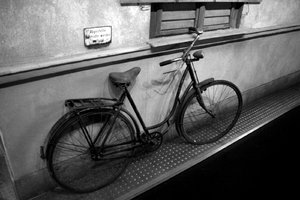
According to the Massachusetts Department of Transportation (MassDOT), there have been hundreds of events registered throughout the state for this year’s campaign. You’re urged to sign up and participate by visiting the campaign’s website. Get involved and help to raise awareness about bicycle safety.
Just two years ago, MassDOT became the very first state DOT in the U.S. to organize a state bike week event. Our state continues to be the only state in the country to dedicate an entire week to our bicyclists. Our Boston bicycling accident attorneys understand that there were more than 600 lives of bicyclists lost in motor-vehicle accidents across the U.S. in 2009. During the same year, there were more than 50,000 bicyclists injured, according to bicyclinginfo.com. What’s worse is that experts believe these numbers are actually much higher as they believe that not all bicycle accidents are even reported by police.
This year, MassDOT is teaming up with MassRIDES as well as MassBIKE to successfully execute the Bay State’s Bike Week. Both MassBIKE and MassRIDES are two of Commonwealth’s statewide travel options program.
“The work that each community places in hosting events throughout the Commonwealth works to achieve the GreenDOT mission and the Healthy Transportation Compact statewide,” Richard A. Davey, MassDOT Secretary and CEO.
In addition to all of the registered events throughout the state, there will also be more than 10 Massachusetts Transportation Management Associations (TMA) that will be giving out this year’s MassCommute Bicycle Challenge. This is the state’s 18th anniversary and will be used to conduct friendly competitions between residents, visitors, employers, communities, schools and others and is used to encourage everyone to use their bike to get to and from work, school, errands, etc.
Even if you’re not getting out there on a bicycle, you’re still encouraged to help to raise awareness about these travelers. Everyone is urged to share the road safely with one another, regardless of mode of transportation, to help make our roadways safer for all!
Continue reading
 Boston Personal Injury Attorney Blog
Boston Personal Injury Attorney Blog


